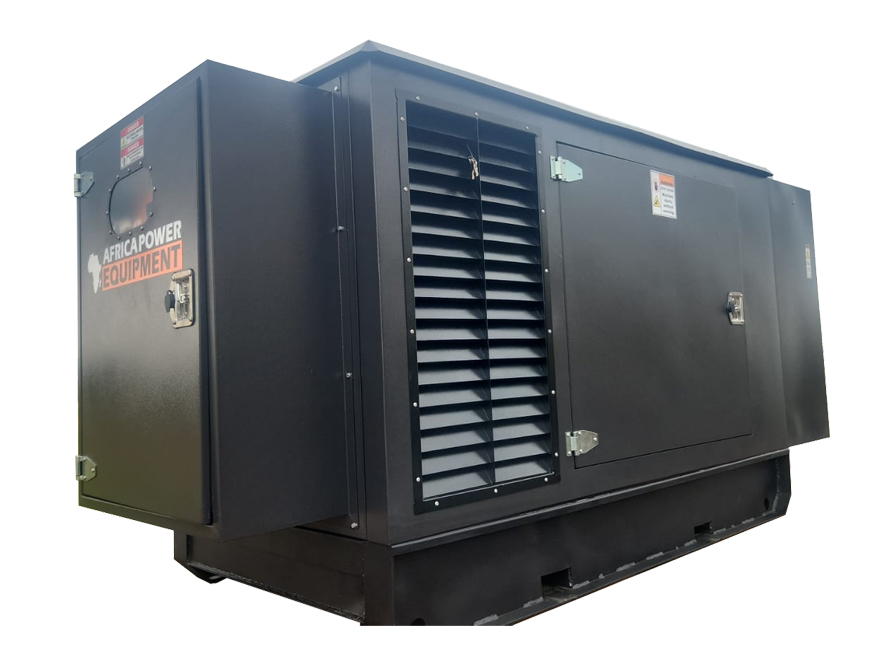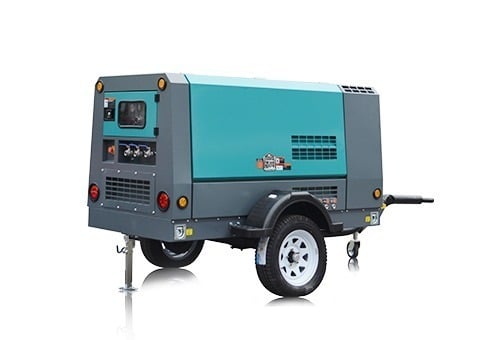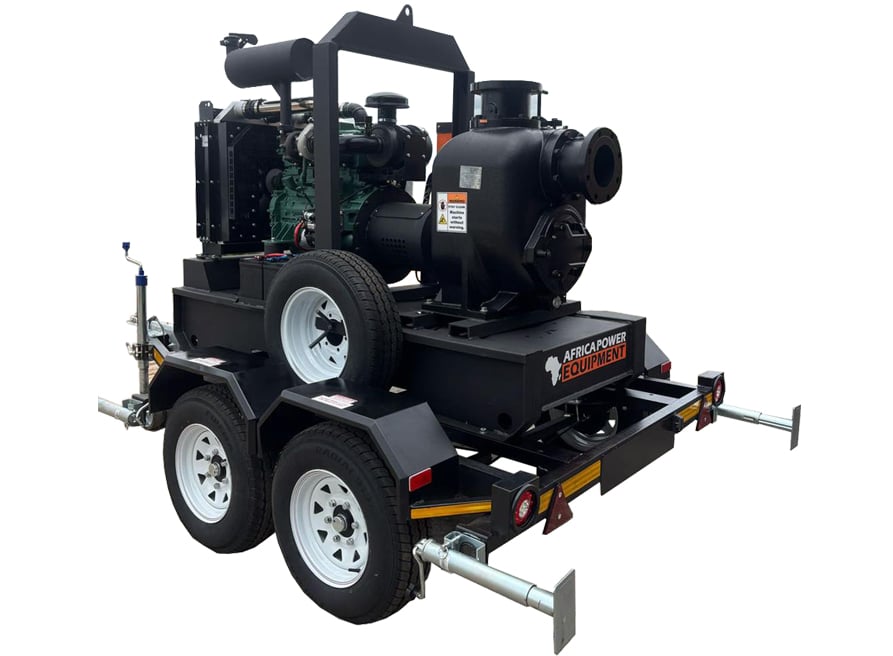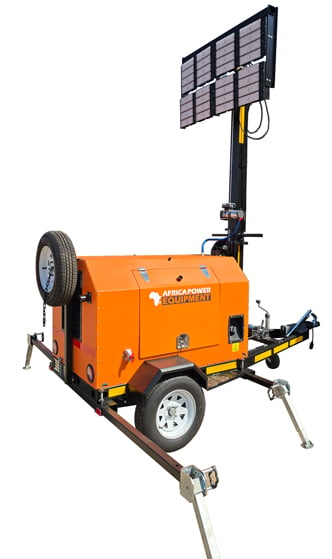Understanding the Fuel Consumption of Lighting Towers in South Africa
Lighting towers are vital for construction, mining, emergency services, and outdoor events — especially when working at night or in remote locations. If you’re considering purchasing or renting a tower, one of the most common questions is: “How much fuel will it use?”
This article explains average fuel consumption rates, the factors that influence them, and how to choose an efficient unit for your needs.
✅ Quick Answer
The average fuel consumption of a diesel lighting tower ranges from 0.5 to 2.5 litres per hour, depending on the model, engine size, lamp type (LED vs halide), and load usage. LED towers are typically more fuel-efficient, using up to 60% less fuel than traditional metal halide towers.
🔍 Average Fuel Use by Lighting Tower Type
| Lighting Tower Type | Fuel Consumption (Litres/Hour) | Runtime (Per 100L Tank) |
|---|---|---|
| LED Diesel Tower | 0.5 – 1.2 L/h | 80 – 200 hours |
| Metal Halide Diesel Tower | 1.5 – 2.5 L/h | 40 – 65 hours |
| Hybrid Tower (Diesel + Battery/Solar) | 0.3 – 1.0 L/h | 100 – 300+ hours (with solar assist) |
| Full Solar Lighting Tower | 0.0 L/h (battery-based) | N/A – relies on solar/battery |
Note: These are typical ranges. Always check the specific model’s datasheet.
⚙️ What Affects Fuel Consumption?
Several factors impact how much fuel your lighting tower will use:
1. Lighting Type
-
LED lights are up to 80% more efficient than halide lamps.
-
Halide bulbs draw higher wattage and generate more heat, which increases generator load.
2. Engine Size and Efficiency
-
Small, single-cylinder diesel engines consume less fuel.
-
Larger or older engines tend to be less efficient.
3. Runtime Load
-
Running all lights at full brightness increases consumption.
-
Dimming or selective lighting (available on some models) reduces usage.
4. Maintenance & Condition
-
Dirty air filters, clogged fuel injectors, or poor oil quality can spike fuel use.
-
Regular servicing keeps engines running efficiently.
5. Environmental Conditions
-
Cold starts use more fuel.
-
High altitudes or dusty environments force engines to work harder.
💰 How to Reduce Lighting Tower Fuel Costs
Here are some practical ways to cut back on diesel use:
-
Choose LED lighting towers when available
-
Opt for hybrid or solar-assisted units
-
Schedule runtime efficiently — avoid running lights unnecessarily during daylight
-
Perform regular maintenance
-
Use automatic timers or light sensors to control operation
-
Position towers strategically to maximize coverage with fewer units
🔋 LED vs Halide: A Quick Comparison
| Feature | LED Tower | Halide Tower |
|---|---|---|
| Fuel Efficiency | ✅ High | ❌ Lower |
| Startup Time | ✅ Instant | ❌ 5–15 minutes |
| Lifespan (lamp) | ✅ 30,000–50,000h | ❌ 5,000–10,000h |
| Light Quality | ✅ Bright, focused | ❌ Warmer, diffused |
| Maintenance Frequency | ✅ Low | ❌ Higher |
🔗 Internal Linking Opportunities
🧠 Final Thoughts
Choosing a fuel-efficient lighting tower can significantly reduce operational costs — especially on long projects or in off-grid environments. LED and hybrid models offer better economy and longer runtimes, making them a smart investment for both rental and ownership.
Looking for energy-efficient lighting towers? Browse our range of LED, hybrid, and solar lighting towers at PowerEquipment.co.za, and let us help you cut fuel costs while maximizing site illumination.





